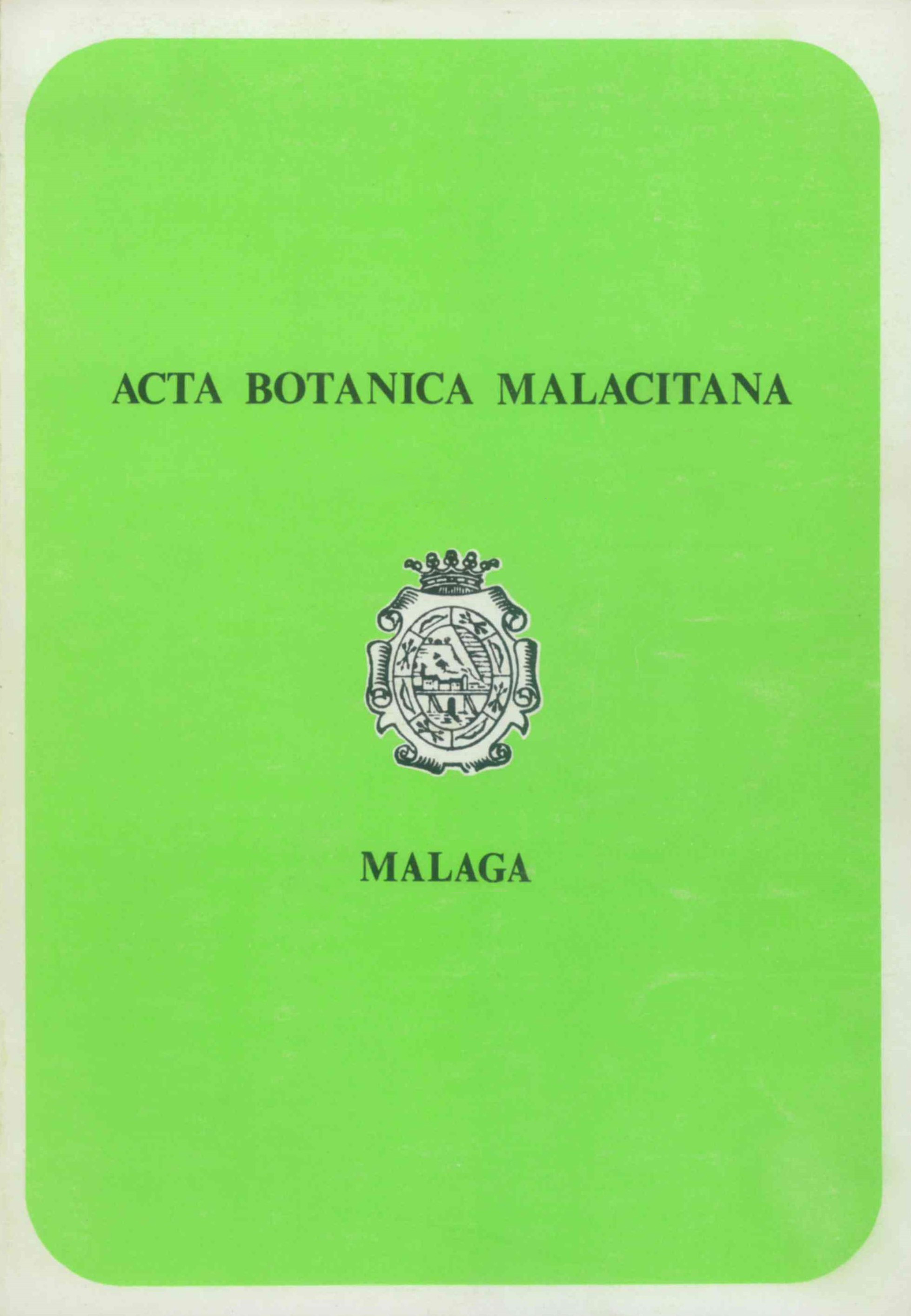Behaviour of extracts from different species of genus Amanita, against the reaction of amanito-toxins
DOI:
https://doi.org/10.24310/Actabotanicaabmabm.v5i.9678Keywords:
.Abstract
The chimical and chromatographical identification of amanito-toxins was started by Sullivan & all. 1965. I applied that methode with extracts of some species of Amanita genus to test inf there were that toxins in them. The methode used was to put in the same plate extracts of some species of this genus and confront with Amanita phalloides stracts, to show the differences. Amanito-toxins were detected in A. phalloides only.
Downloads
Metrics
References
BLOCK, S.S. & STEPHENS, R.L. 1955: Chemical identification of Amanita toxin in Mushrooms Science 1: 505-506.
SULLIVAN, G. & otros. 1965: Identification of a and b Amanitin by thin layer Chromatography. J. Pharm. Sci. 54 (6): 921-922.
TYLER, VE.; BENEDICT, & ROBBERS, J. E. 1966 Ocurrence of amanito toxins in American Collections of Deadly Amanitas J. Pharm. Sci. 55 (6): 590-593.
Downloads
Published
How to Cite
Issue
Section
License
Copyright (c) 2020 Acta Botanica Malacitana

This work is licensed under a Creative Commons Attribution-NonCommercial-ShareAlike 4.0 International License.
All information related to the licensing of published works in Acta Botanica Malacitana and copyright can be found in our Editorial Policy.







1.png)
